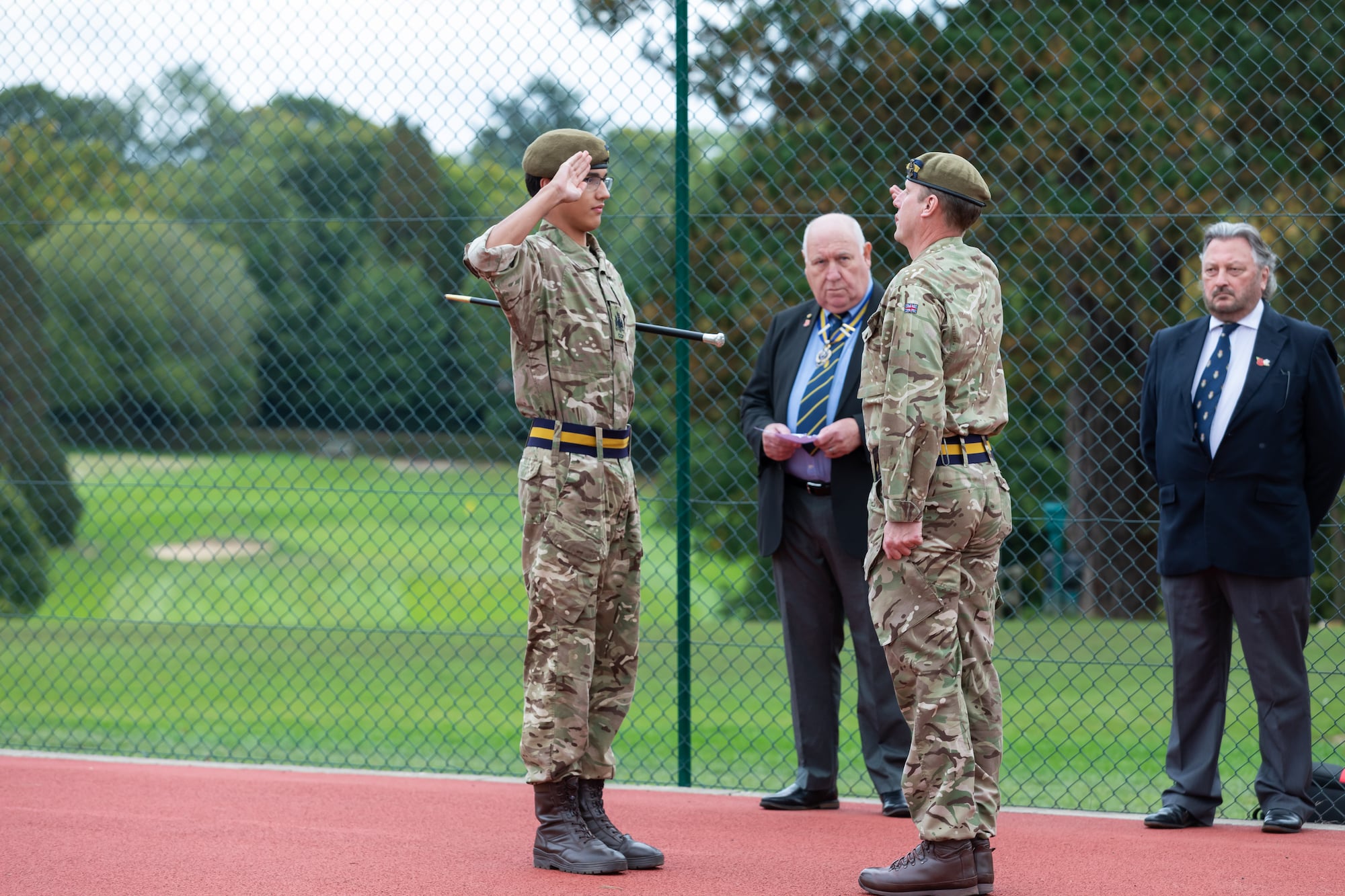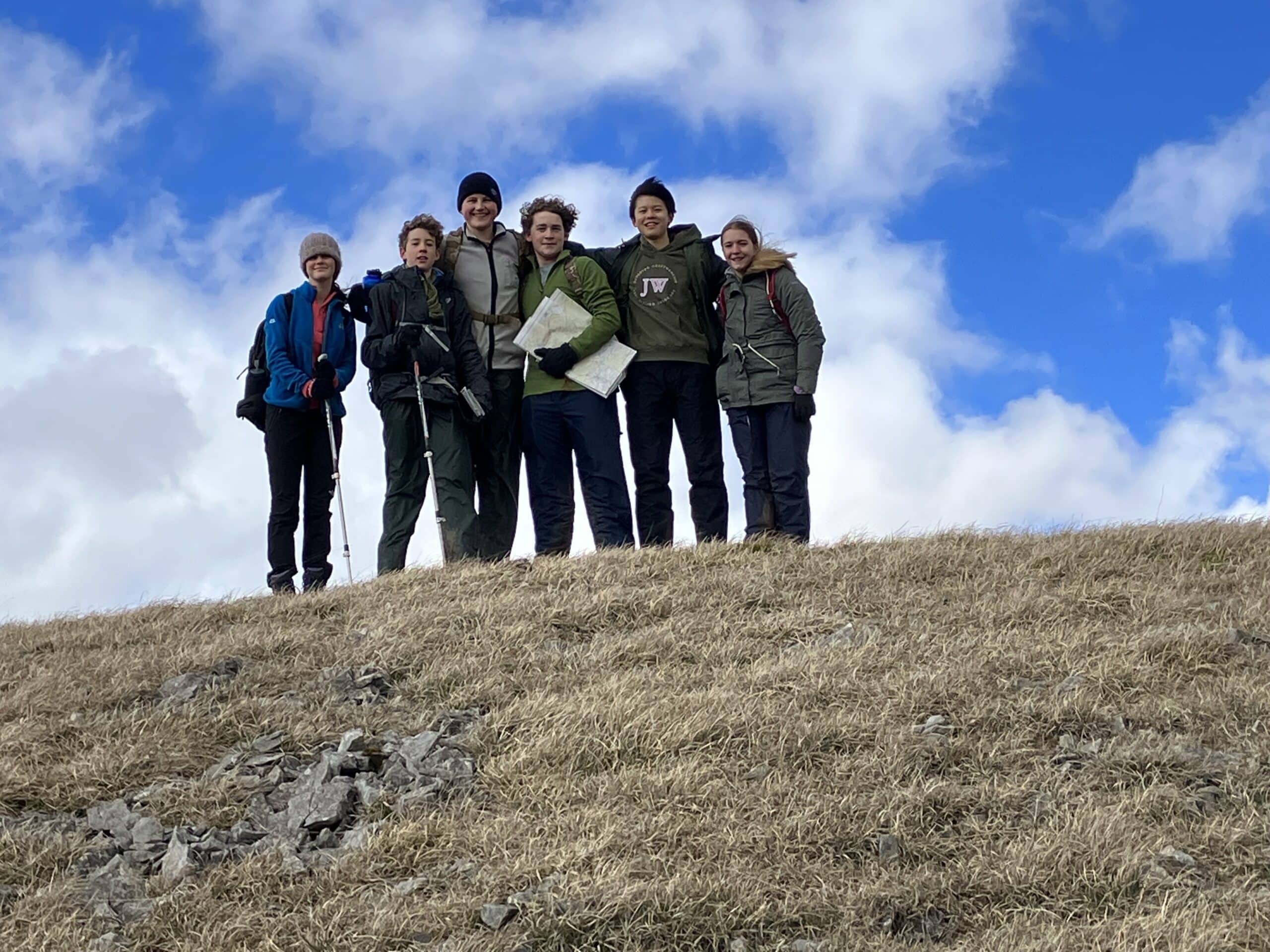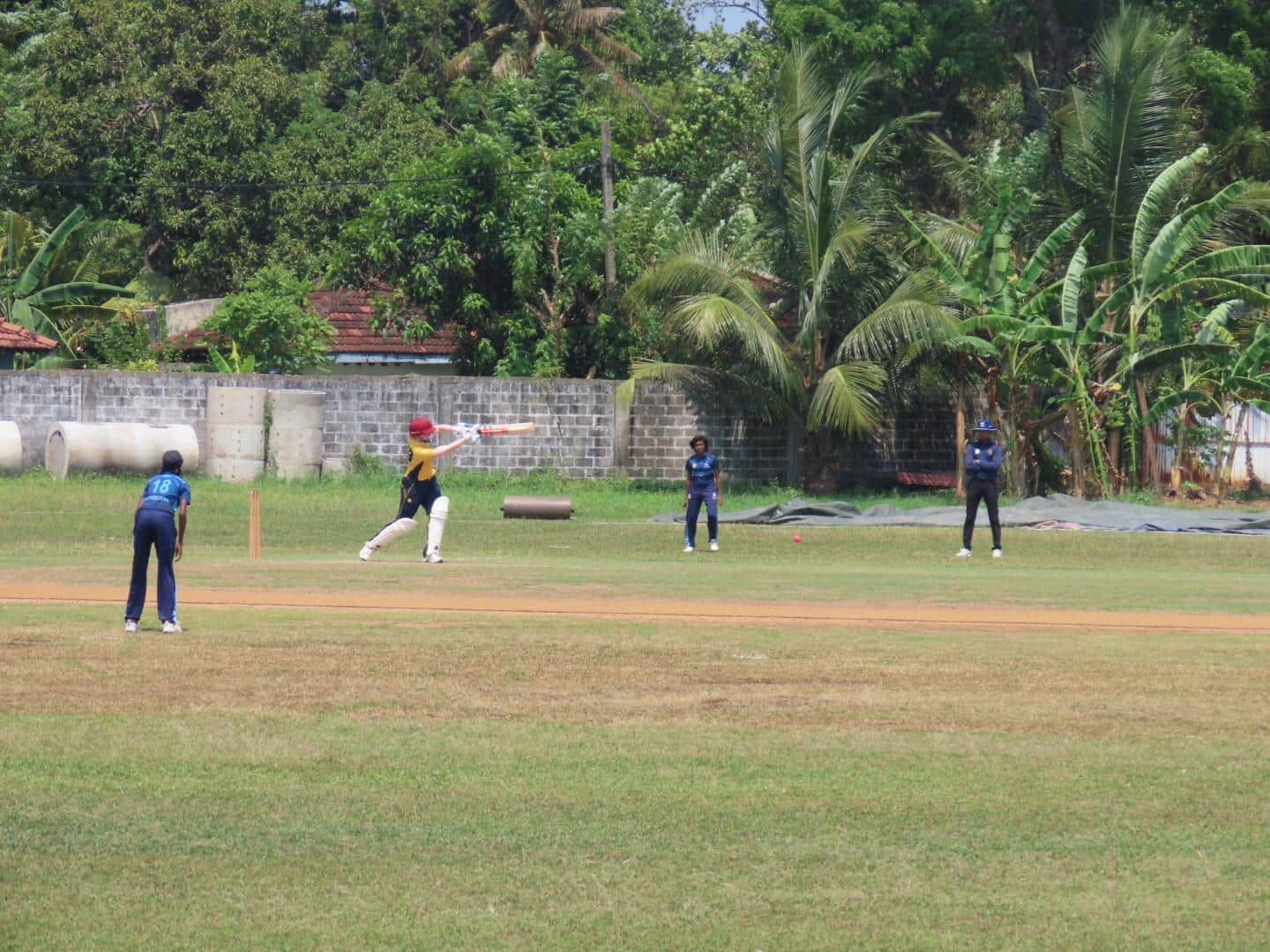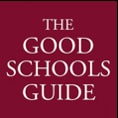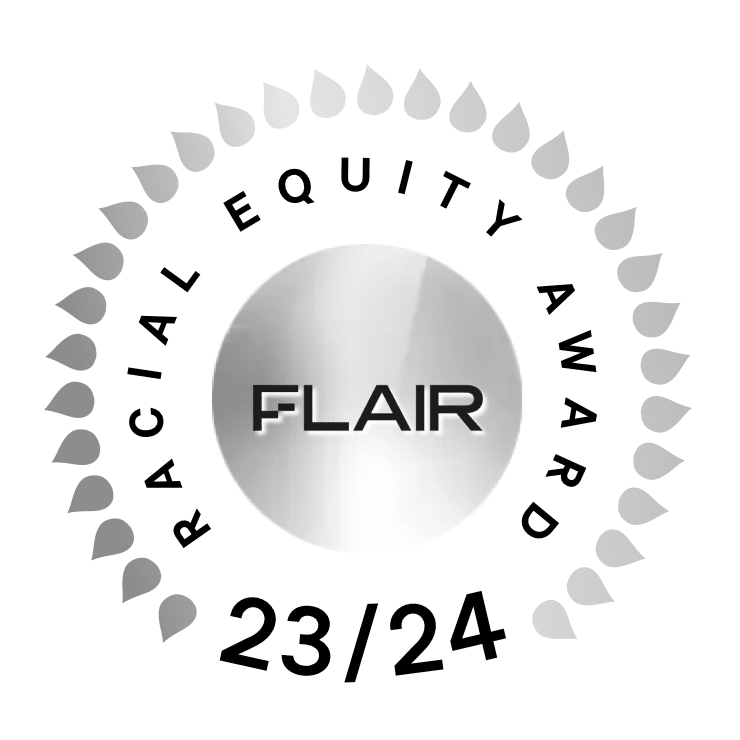Cranleigh’s Head of Strings, Kevin Weaver and his wife Leena-Maaria Weaver continued this year’s Cranleigh Music Concert Series in a concert with eight musicians of the Merriman  Chamber Orchestra. The Emms Centre Atrium was the right size of acoustic for this concert, given on November 13th, a lucky date for those of us able to attend. The two violinists took centre stage throughout and in the Prokofiev Sonata op 56 were the sole performers. It is notoriously difficult to keep a string duo as perfectly in tune as these spouses were able, but I was struck, however, that the perfect blending did not stop each player having a distinct voice with the slightly different timbre of the instruments and the musical personality of each player adding subtly contrasting colour. The four movements allowed these two consummate professionals to show a variety of styles: lyrical, aggressive, fairy tale-like (with mutes) and, in the folk-festival finale, as dazzling as Heifetz and Friedmann.
Chamber Orchestra. The Emms Centre Atrium was the right size of acoustic for this concert, given on November 13th, a lucky date for those of us able to attend. The two violinists took centre stage throughout and in the Prokofiev Sonata op 56 were the sole performers. It is notoriously difficult to keep a string duo as perfectly in tune as these spouses were able, but I was struck, however, that the perfect blending did not stop each player having a distinct voice with the slightly different timbre of the instruments and the musical personality of each player adding subtly contrasting colour. The four movements allowed these two consummate professionals to show a variety of styles: lyrical, aggressive, fairy tale-like (with mutes) and, in the folk-festival finale, as dazzling as Heifetz and Friedmann.
In the evergreen Bach double concerto I was reminded again (this time as a negative contrast) of Heifetz and his grotesque double-track recording of this piece. By contrast the Kantlin-Weaver, as in the famous 1932 recording by Enesco and his young pupil Menuhin (16), showed that in this most humane of concertos the relationship between the musicians can add to the effect of the interweaving duetting. On the other hand, though this was an authentically small band (nine) with some especially effective continuo playing from Phil Scriven and nifty violoncello work from Rebecca Hewes, there was just enough very subtle vibrato from Leena-Maria to avoid the slightly glassy effect that period instruments (in the wrong hands) can add to this sublime concerto.
 In his erudite but pithy introductions Kevin Weaver helpfully explained the different baroque styles of Bach and Vivaldi and in the last movement of a well-known Vivaldi double concerto the Italianate secular style splendidly contrasted the Lutheran spirituality of Bach.
In his erudite but pithy introductions Kevin Weaver helpfully explained the different baroque styles of Bach and Vivaldi and in the last movement of a well-known Vivaldi double concerto the Italianate secular style splendidly contrasted the Lutheran spirituality of Bach.
In recent years the Tallin-Helsinki ferry route must have become one of the world’s most popular short sea-journeys and it is tempting to think that a Finnish violinist (albeit born 160 miles from Tallinn) might have a local insight into the world of the Estonian mystical composer Arvo Pärt. It was also insightful of Kevin to allude to the recent death of John Tavener (another Russian Orthodox composer whose later compositions evoked similar moods to the Estonian’s). It seemed clear that even after 36 years the haunting, quiet beauty of ‘Tabula Rasa’ evoked in some the same reaction as the composer found at the first rehearsal in Tallinn; ‘when the musicians saw the score, they cried out: “where is the music?”’ So is this truly spiritual music or just holy smoke and mirrors? For me, hearing this 25-minute piece live restored my own faith in the composer’s music: the sheer concentration of the players in the mostly slow-moving music gave intensity to the performance and the sheer musicianship of the players shone through the texture.
 The prepared piano drew a fascinated crowd to see how its innards are adapted to produce the composer’s beloved ‘tintinnabuli’. It really did sound like a bell
The prepared piano drew a fascinated crowd to see how its innards are adapted to produce the composer’s beloved ‘tintinnabuli’. It really did sound like a bell  under the hands of Richard Saxel, who must have felt he was back in Piano Circus. The waves of sound belied the small forces involved and at the end, leading up to the eloquent solo voice of Katy Furmansk’s double bass, it seemed like a post-modern version of Haydn’s ‘farewell’ symphony. It was Gidon Kremer who premiered ‘Tabula Rasa’ in 1977, with Tatjana Grindenko but even these great names could scarcely have done better service to the music than the talented young Kantlin-Weaver Duo.
under the hands of Richard Saxel, who must have felt he was back in Piano Circus. The waves of sound belied the small forces involved and at the end, leading up to the eloquent solo voice of Katy Furmansk’s double bass, it seemed like a post-modern version of Haydn’s ‘farewell’ symphony. It was Gidon Kremer who premiered ‘Tabula Rasa’ in 1977, with Tatjana Grindenko but even these great names could scarcely have done better service to the music than the talented young Kantlin-Weaver Duo.
PJL
Back to all news